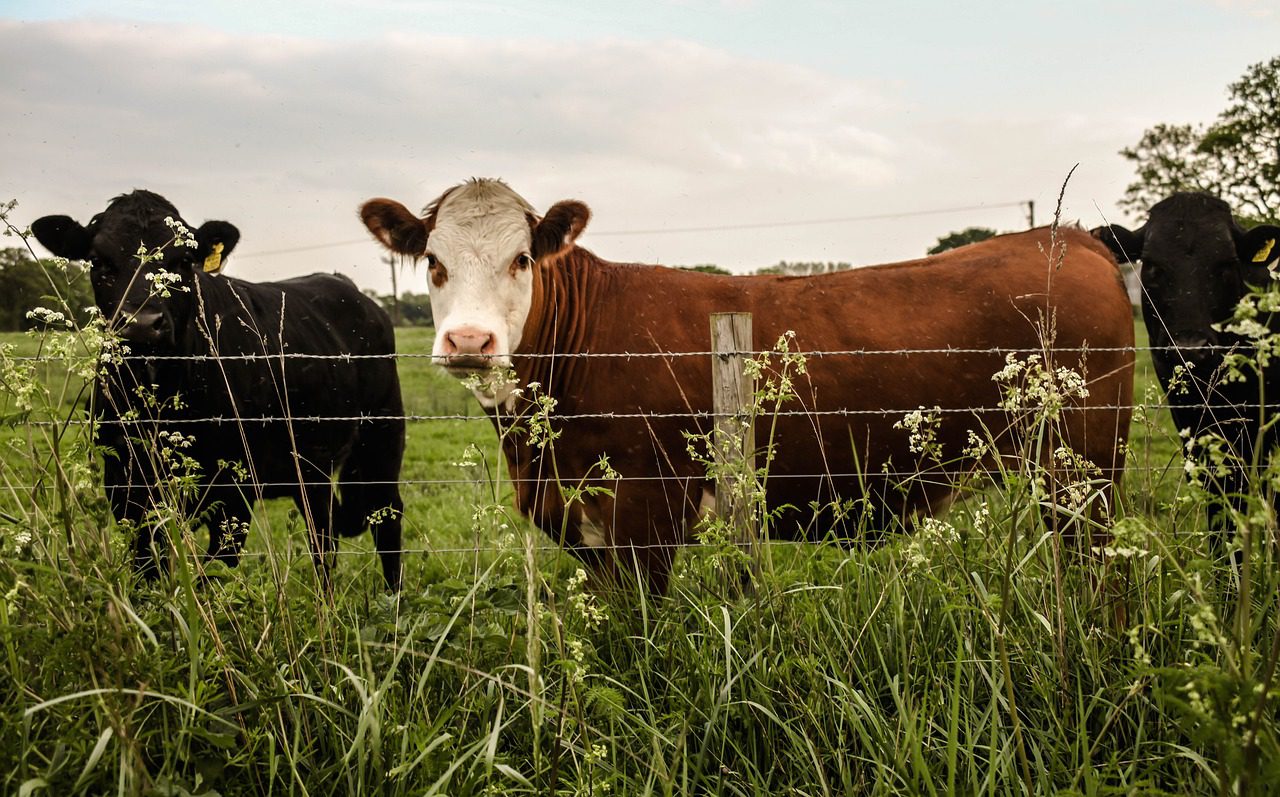Smut grass has long been seen as a problematic weed in Florida pastures, but some are finding it to be a valuable forage.
Smut grass has traditionally been a dirty word in Florida pastures as it grows quickly and chokes out other forages with ease. The bane of Sunshine State cattlemen, most research efforts regarding the grass have focused on banishing the weed in the most efficient, cost-effective way. Controlling this invasive species was the first step of research undertaken by Extension services with The Seminole Tribe of Florida; essentially seeing if grazing could be a useful control strategy. The study continued when the researchers realized large calves were being weaned on a diet primarily made up of smut grass, according to a South Florida Beef-Forage Program article. See the details of the study below.
Using Smut Grass as Forage
The study started with two field trials where sections of smut grass were treated with liquid nitrogen, slow release dry fertilizer, or no fertilizer at all (the control group). They found that smut grass had a surprisingly high crude protein (CP) and total digestible nutrients (TDN) levels, which increased with fertilization.
Then, 39 Seminole Tribe of Florida heifers were placed in a quartered, 20-acre paddock that was 80-100 percent smut grass, to graze on the grass as forage. One more cow inadvertently joined the study when it hopped the fence. The heifers were rotated every seven days to a new quarter to feed on 21-day-old smut grass. Researchers upped the stocking rate from one to two cows per acre to increase grazing pressure and ensure the smut grass was consumed. Take-aways from the study include:
- The heifers’ body condition scores (BCS) averaged 3.9 at the study’s beginning in September 2017; by May 2018, the average (BCS) was 5.5-6.0.
- Out of the 40 heifers, 37 were confirmed bred in May of 2018. The three that were open were diagnosed with reproductive issues unrelated to the study’s scope.
- The cows’ average BCSs were between 3.5-4.0 at weaning in February of 2019.
- 2019’s pregnancy rate was 95 percent.
The study is being currently repeated with nearly double the number of heifers with a stocking rate of 3.9 cows per acre. Incidentally, the high stocking rate is showing success at controlling the smut grass, with bahia, common Bermuda, and white clover growing in the pasture again.
Griffin Fertilizer is committed to helping both growers and ranchers make sound agronomic and economic decisions in order to maximize the health of their grove and pasture. As a full-service custom dry & liquid fertilizer blender and crop protection product distributor, we will continue our mission to further advance Florida agriculture. For questions or concerns about your farm or pasture, contact us and one of our team will be in touch.

